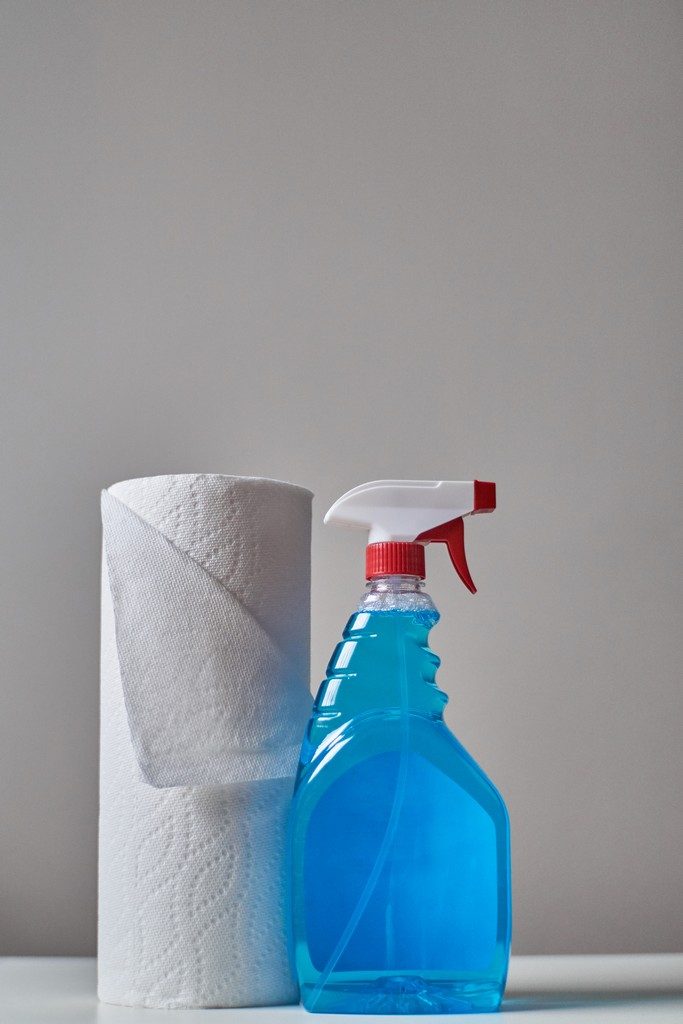How Do You Make Custom Flags and Banners?

The first thing you need to ask yourself when making custom flags is what exactly is included in the price. Usually, flags are one-sided. Single-sided flags feature the design on one side, with the reverse side slightly faded. Double-sided flags feature the same design on both sides, with no mirrored image.
Care for your flags and banners: First of all, they should be stored away when not in use. When storing them, place them in a dry, protective box, and do not hang them in direct sunlight. Flags should not be soaked with hard cleaners or bleach. If you have to wash them, do so separately and air-dry. Remember that displaying flags and banners outdoors will cause wrinkles on the fabric, so you cannot use an iron to remove them.
Feather banner flags: Feather flags come in a variety of shapes and sizes. Choose one that reflects your business’s image and message. Custom teardrop banners are ideal for outdoor events. They can show two separate messages, which makes them more effective in slow-moving traffic. Lastly, make sure to consider the bleed requirements. If the print size is too large, a single-sided flag will be best.
The second type of custom flags is double-sided. These flags are constructed with two layers of polyester material with a linen insert between them to prevent design bleeding on one side. A single-sided flag, on the other hand, is one piece of fabric with no linen insert. These types of flags are best for events with a lot of text and want to make sure the image is legible on either side.
Lastly, custom flags are an excellent way to market your business in a unique way. They allow you to personalize them with logos, graphics, and messages. Whether you’re marketing a business or a sports team, custom flags will help you show your spirit! You don’t even need to order large quantities of flags to get your logo across to a wide audience.
In addition to custom feather flags, you can also create a feathered flag. These flags are popular advertising tools. They can feature a customized message, brand logo, or artwork. Custom feather flags are made from super-knit polyester flags and a fiberglass pole and base. Unlike banners, they are durable and can withstand wind and rain. If you have any questions or concerns, they’re available on the official blog of Lush Banners.
One type of feather flag is called a single-sided banner. This type involves printing on one side and creating the reverse image on the other side. Double-sided feather flags combine two separate prints. They are more expensive and have a higher quality print than single-sided feather flags. A feather banner can last for three years or more if properly cared for. You can also consider purchasing a travel package that includes all the necessary poles and mounting hardware.










